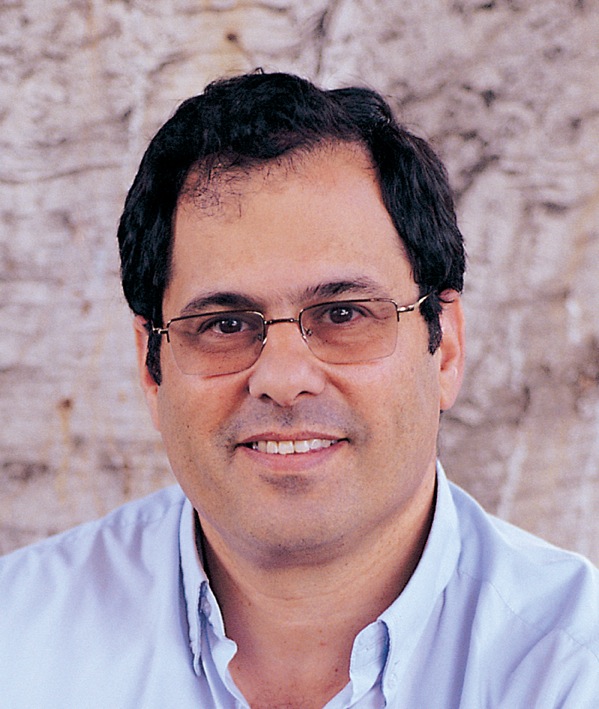Prof. Roni Zager from the Weizmann Institute was able to identify the process of transferring the message that comes from outside the cell to the nucleus

Certain information may be good news for someone - and Job's gospel for another. So is cancer. When a particular cell receives a message commanding it to grow and reproduce without limit, it is good news for the cell, but disaster for the person carrying it. To stop cancer, scientists are trying to decipher and block the molecular messages that lead to unrestrained cell growth.
The molecular message first reaches the cell membrane, but its final destination is the nucleus, where the DNA is found. The distance between them is huge, equivalent to 50 kilometers for a person. To cross this distance quickly, the message is passed through a chain of messengers, from one molecule to another. More than two decades ago, Prof. Roni Zager from the Weizmann Institute of Science participated in the discovery of such a chain, which leads to many types of cancer: it is a chain consisting, among other things, of the enzymes MEK1, MEK2, ERK1 and ERK2.
Prof. Zager first studied the transmission of messages by these enzymes near the cell membrane. Only about four years ago he and his group managed to discover the most essential step: inserting the message into the nucleus. They identified a section of the enzymes, called NTS, which undergoes a change through the addition of phosphorus molecules - which allows entry into the nucleus. When they assembled a small NTS-like peptide, the message was inhibited, did not reach the nucleus, and as a result the cell stopped multiplying. In experiments on mice, the peptide was effective in inhibiting the development of several types of cancer, but especially in inhibiting melanoma: the tumors not only stopped growing, but disappeared.
These findings of Prof. Zager are currently in the first stages of examining possibilities for developing applications in the biotechnology industry.

2 תגובות
I would not recommend. See what happened to Steve Jobs -
https://www.hayadan.org.il/steve-jobs-died-becuse-of-delay-operation-and-seek-for-alternative-medicine-151011/
There is a natural treatment for cancer:
http://www.tivoni.co.il/%D7%A1%D7%A8%D7%98%D7%9F/%D7%98%D7%99%D7%A4%D7%95%D7%9C-%D7%91%D7%9E%D7%97%D7%9C%D7%AA